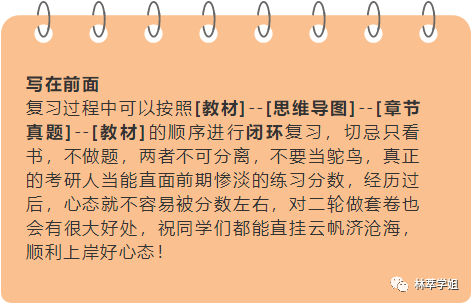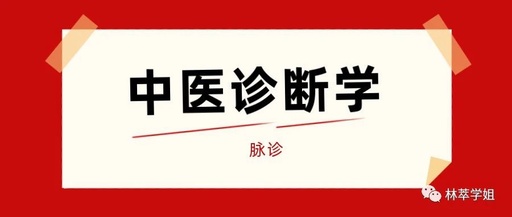
 Mind Map User Manual
Mind Map User Manual
[The red five-pointed stars indicate key points that have appeared in past exam questions and should be given special attention; the brown content indicates keywords that need to be mastered; the purple oval boxes summarize key points that must be memorized.]
【Exam Outline】
1. The principles of pulse formation and the clinical significance of pulse diagnosis.
2. The locations, methods, and precautions of pulse diagnosis.
3. The elements of pulse, characteristics of normal pulses, and physiological variations.
4. The characteristics and clinical significance of the 28 pulse types.

5. The concept and clinical significance of combined pulses.
6. The order and rejection of pulse symptoms.
7. The content and clinical significance of palpation of the chest, abdomen, skin, hands, feet, and acupoints (second round).
 Scoring Tips
Scoring Tips
1. 80% of the focus in pulse diagnosis lies in the characteristics and clinical significance of the 28 pathological pulse types; pulse types and their clinical significance are common areas for multiple-choice questions.
2. Combined pulses and true organ pulses are also high-frequency exam points.
3. The mnemonic in the mind map can help everyone memorize quickly, but be sure to accurately reproduce it; do not rely on it during the exam.
4. The clinical significance of combined pulses can be understood and memorized through reasonable deduction, and verified through practice with past exam questions.
5. If you want to use chapter-based past exam questions, you can add the senior sister’s WeChat and explain your intention.


